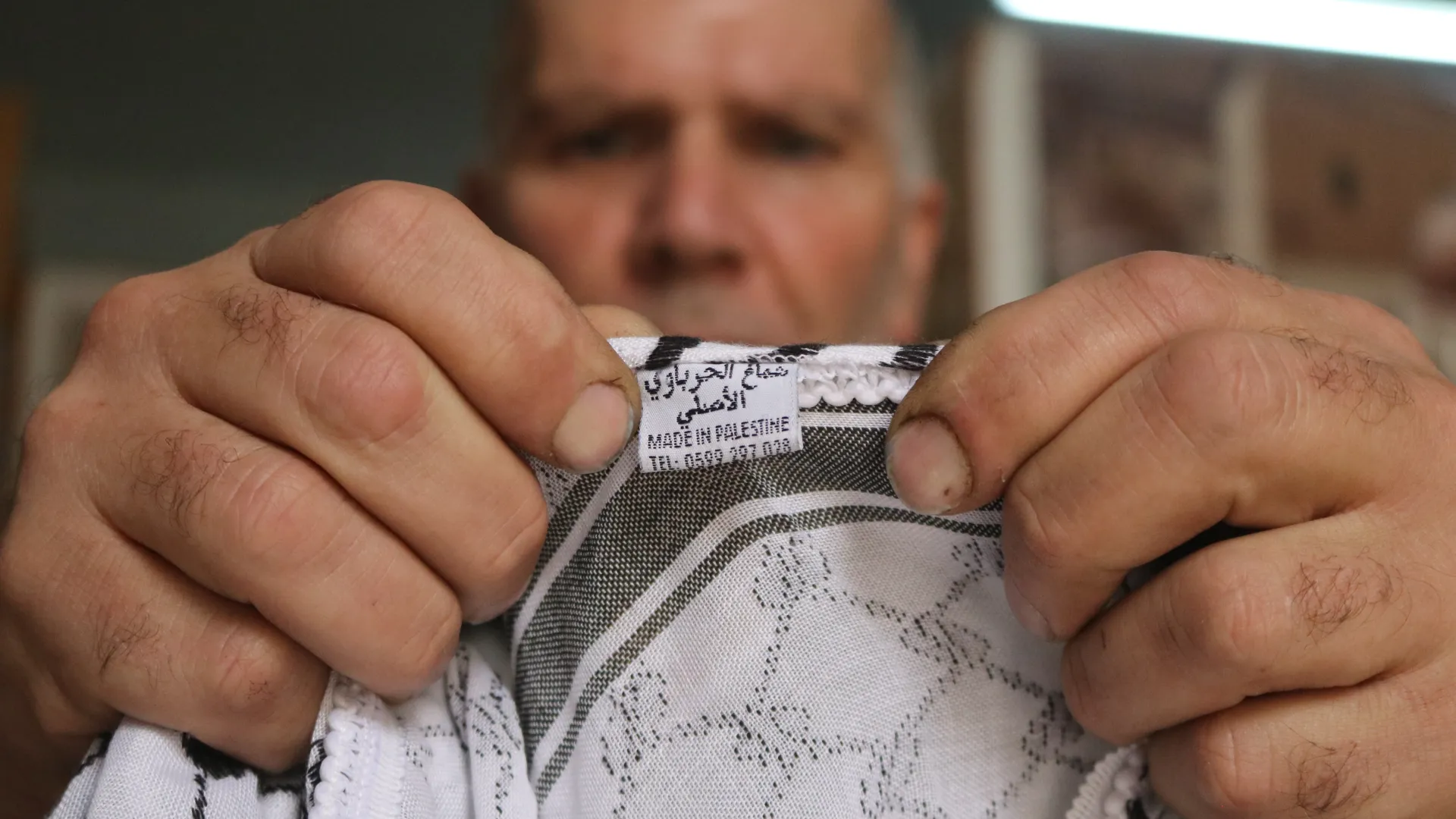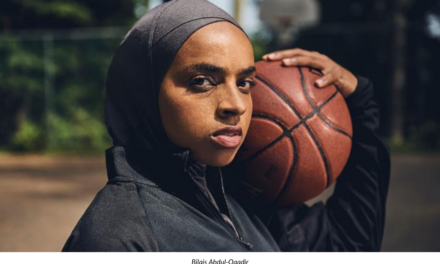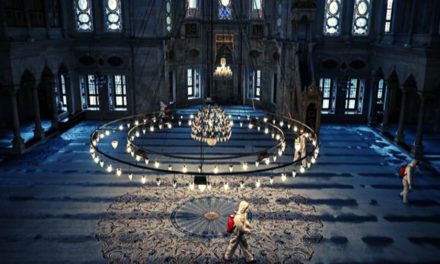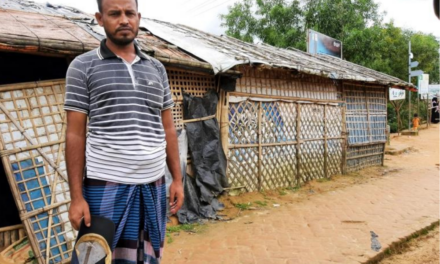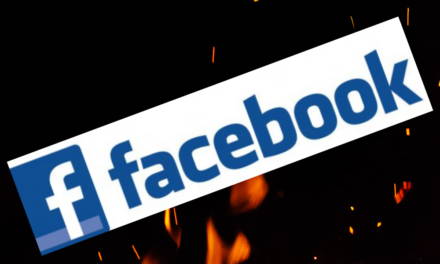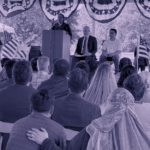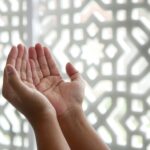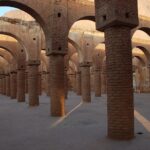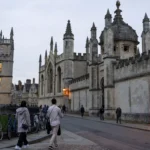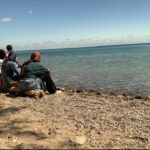A symbol of Palestine, made by Izzat Hirbawi [Mosab Shawer/Al Jazeera]
Hebron, occupied West Bank – Izzat Yasser Hirbawi, a balding 55-year-old man, stands smiling at the entrance to the Hirbawi Factory in Hebron, the only place in Palestine, its website proudly proclaims, that produces Palestinian keffiyehs.
Three Hirbawi brothers, Izzat, Abdullah and Jouda, who now own and operate the factory, started working there as children, accompanying their father, Hajj Yasser, who had founded it in 1961.
A merchant turned entrepreneur, Hajj Yasser began his career importing keffiyehs from Syria before deciding to start his own factory with two looms imported from Japan.
Hajj Yasser was deeply passionate about the keffiyeh, something he transferred to his boys at an early age, instilling a deep respect for its symbolic value among Palestinians everywhere, as well as the importance of it being made in Palestine by Palestinian hands.
“We’re happy … we love our work, no matter how long or hard we work,” Hirbawi tells Al Jazeera.

‘Visitors can’t stand this noise, but I’ve gotten used to it, just like I’ve gotten used to every detail of every machine in here,’ says Abdulaziz al-Karaki [Mosab Shawer/Al Jazeera]
The Hirbawi boys were not the only kids working the looms; Abdulaziz al-Karaki was there, too, from age 15, accompanying Hajj Yasser.
He is now a regular fixture on the factory floor at 70 years of age. He still gets the looms going every morning and makes sure that everything is prepared for the day.
As the 20 looms the factory now boasts start up, a huge racket rises in the cavernous space and al-Karaki smiles at the familiar din. Moving away from the rattling machines, he says: “Visitors can’t stand this noise, but I’ve gotten used to it, just like I’ve gotten used to every detail of every machine in here.”
He does not want to retire, ever, he tells Al Jazeera as he leans over a roll of fabric coming off a loom, cutting extra threads off to make sure the pattern comes through cleanly.
“I just want to keep working at this job, I love it so much, making quality keffiyehs that will mean as much for the people buying them as they do to me,” he says emotionally.
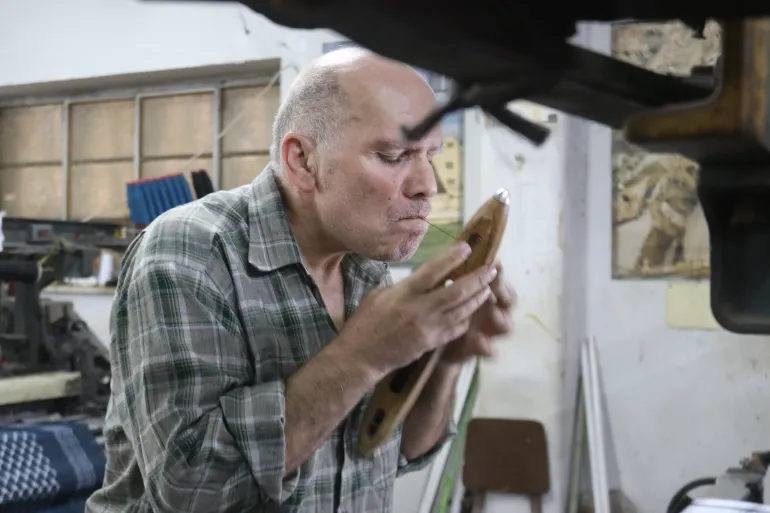
Izzat Hirbawi inspects one of the shuttles used in manufacturing keffiyehs [Mosab Shawer/Al Jazeera]
Worn as a scarf or head covering, the keffiyeh adorns people from all walks of life, from the young to the old, from people with a more traditional fashion sense to the hip and trendy.
But the keffiyeh is more than a garment. It carries a deep symbolism, so entrenched with Palestinian identity that some people refer to it as an alternate flag.
This keffiyeh, Hirbawi says, is distinguished by its quality, as the family insists on using high-quality yarns that are dyed well and weaving them together at a higher thread count.
In fact, despite local and international markets being flooded by cheaper keffiyehs made in other places with lower-quality material and a flimsier weave, Hirbawi insists that their quality will prove itself in the end.
“We will compete with importers, our competition is quality. The quality of our Palestinian industry and the power of that label: Made in Palestine.”

The patterns of the keffiyeh speak to the nature of Palestine as much as its history [Mosab Shawer/Al Jazeera]
Many Palestinian men wear their keffiyehs day in and day out, with most of the older generation unable to imagine being seen out without one on their heads.
Younger men consider it a revolutionary symbol and wear it when confronting Israeli forces, attending demonstrations or simply participating in traditional Palestinian events.
Hirbawi’s traditional keffiyeh design captures the essence of Palestinian life. Olive leaves represent perseverance, strength and resilience, as well as culture and peace. A fishnet pattern represents fishing and closeness to the sea, the broad lines embody commercial routes, and the thin lines are Palestine’s long history.
A typical Palestinian keffiyeh comes in white and black, but now many different colourways are available. “We now produce more than 300 models of keffiyeh colours … [to] suit young people,” Hirbawi says.
A popular Hirbawi variation is white, red and black – a nod to Jordan, the country that hosts the largest number of Palestinian refugees and that shares, Hirbawi says, a deep “interconnectedness” with Palestine.
After the outbreak of Israel’s current war on Gaza, global demand for keffiyehs increased dramatically as people marched and demonstrated in solidarity with Palestinians. But the Hirbawis cannot increase exports as Israel has cut off the cities of the occupied West Bank from each other and there are no Palestinian airports or ports.

Two men walk through Hebron’s Old City [Mosab Shawer/Al Jazeera]
Fathi al-Jebrini, 87, has worn the keffiyeh every day since he was young and reckons that he has not been without his keffiyeh for a single day since he turned 50.
The Old City of Hebron shopkeeper leads the way gently down an arcade of shop doors, pausing to open his little stall with an old-fashioned key.
He sells food items from here, nestled among similar holes in the wall whose owners have all formed a community over the years.
Everyone knows him and he greets a dizzying number of people by name and with a smile. Many of the men are, of course, wearing their keffiyehs.
He tells Al Jazeera that this tradition is inherited through the generations, with men learning how to wear their keffiyehs from their fathers and grandfathers.
“Wearing it has become an important thing for us to express our identity, especially since the Old City is considered a destination for tourists and is also invaded by settlers who think it’s their country” he says.
In addition, he argues, it is a generally attractive addition to any person and any outfit as well as something that helps keep the elderly warm in the winter as they use it to cover their heads.
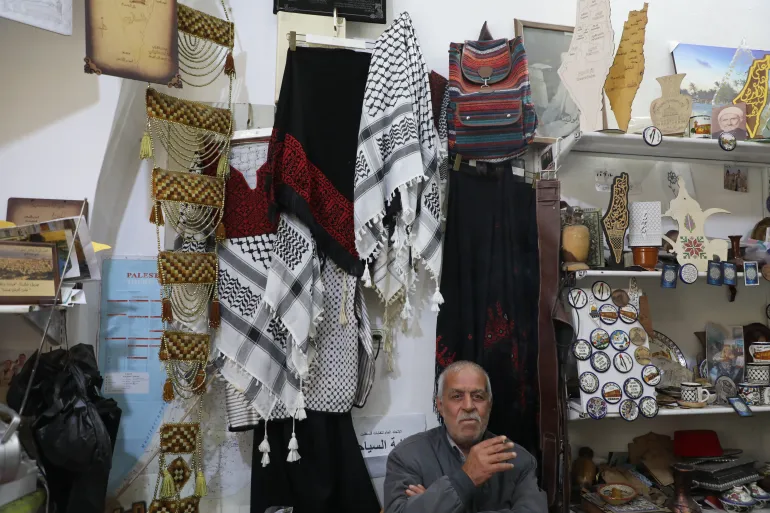
Al-Tamimi’s shop is full of Palestinian souvenirs and knick-knacks [Mosab Shawer/Al Jazeera]
A little further on in the Old City’s market arcade, Badr al-Daour al-Tamimi, 58, is hanging displays of keffiyehs outside his shop and arranging the other Palestinian souvenirs that he sells to tourists and sometimes exports overseas.
Items made with fragrant olive wood share display space with maps of Palestine and items embroidered in the vibrant traditional colours of Palestinian tatreez.
The shopkeeper agrees that the keffiyeh has become a global symbol for people who stand with the Palestinians and a source of Palestinian pride in Palestine and around the world.
This is to the point that, he says, Israeli soldiers often cannot bear to see Palestinian youth wearing it. He, himself, has seen Israeli forces attacking young men in the Old City and forcing them to take their keffiyehs off.
The keffiyeh will persevere as a symbol though, the four men agree. As will Palestinian culture and pride in their identity.
For Hirbawi, the mission is as personal as it is national. “This is our heritage, we’re trying to pass it on to the next generations of our family. It is very important to continue and for our family to be in this factory.
“The keffiyeh isn’t just something to earn money from. It preserves Palestinian heritage.”

Fathi al-Jebrini, 87, opens his shop [Mosab Shawer/Al Jazeera]
